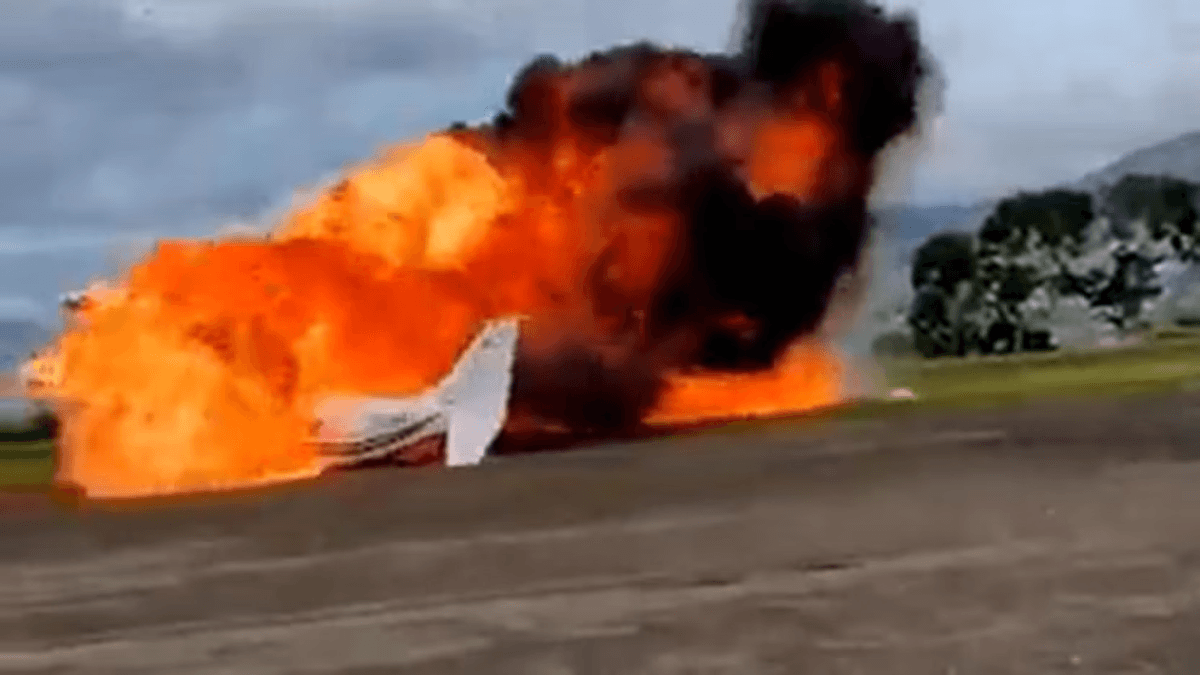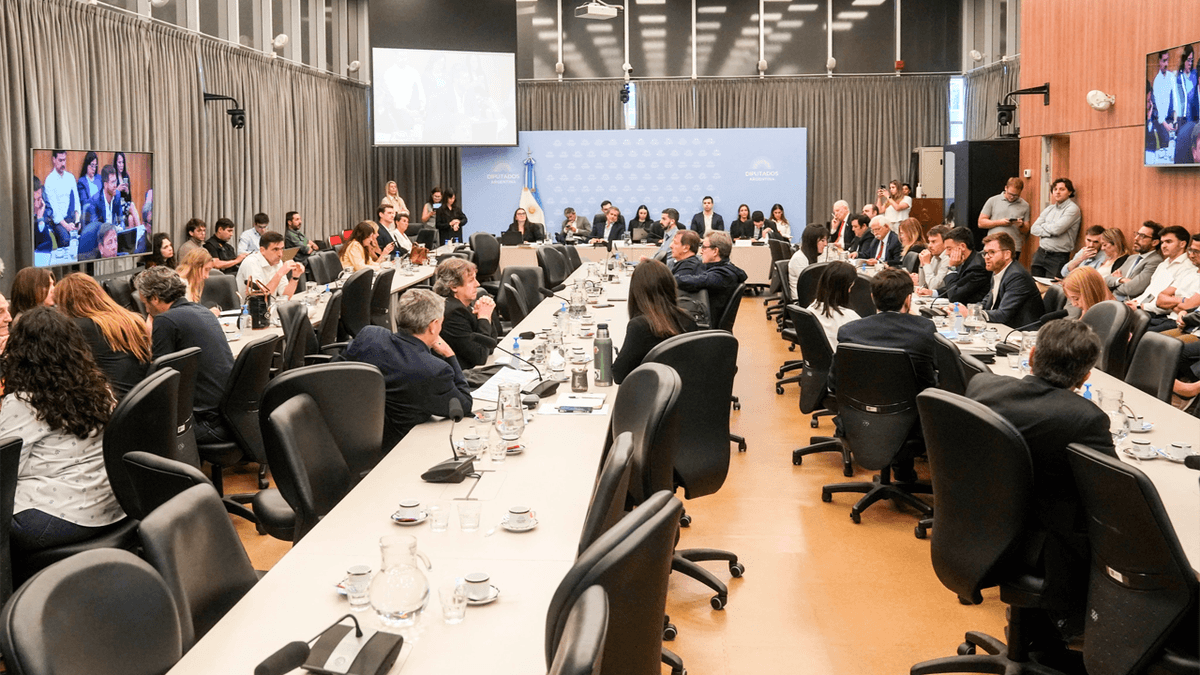Floods and the “Sheinbaum mode”

The floods affecting five states in the country, and particularly Veracruz , have literally added insult to injury for Claudia Sheinbaum's administration. This is an additional test for an overburdened agenda, among other things, due to the challenge of dealing with Donald Trump and his tariff and security threats, and the arduous task of getting the country's economy back on its feet. In addition to the burden of pain and misery generated by the deaths and loss of assets for so many families, it drastically slows the regional economy and compromises the already scarce resources of the federal government. A scourge, no matter how you look at it.
And yet, the process of dealing with it in the best possible way, in "Sheinbaum mode," could lead to a new and much more professional way of addressing tragedies of this nature. The Mexican State, it must be said, has generated considerable know-how , both in terms of the administrative expertise developed within Civil Protection agencies and in the strategies designed by the armed forces with the famous DN-III Plan. Prevention or investment to avoid and mitigate disasters may not be a source of pride in international comparisons; we have never been known for foresight or investment in future needs. But in terms of response, the accumulated experience is remarkable.
In some ways, the traumatic effects of the 1985 earthquake , among others, provoked a heightened public awareness, to which the political class has been unable to remain indifferent. Governments often "go all out" to alleviate the most dramatic aspects of the tragedy. And it would be mean-spirited not to recognize the often heroic work of firefighters, rescue teams, CFE workers, doctors and nurses, soldiers and sailors, among other public servants.
However, despite the efforts, this response has suffered from two major problems. During the emergency itself, a greater or lesser degree of lack of coordination resulted from the horizontal disarticulation and, at times, rivalry within the federal administration, not to mention the imbalance between the national, state, and municipal levels. Civil society efforts cannot always be integrated into this complex framework . I'm not speaking of chaos, I insist, because it would be unfair not to recognize the protocols that the public administration has achieved over the years. But they are far from fluid and efficient in the face of the intensity of the worst disasters.
And then there's the second problem. After the struggle of the first few weeks or days, when other news, and sometimes other tragedies, crowd out the media attention, communities are often left without the means to face the return of regional life to normal.
In both senses, what Claudia Sheinbaum's government is now doing could be, pardon the expression, a watershed. Not only because her intense involvement will mark a before and after for future local or national leaders. From now on, public opinion will demand the same from her successors. Far from going to take photos with the victims, the president turned most of the ten days since the tragedy into a working tour of the area. This is important because it allows the leader to learn about the problems firsthand and, above all, sends a message that energizes public administration. Because yes, the efforts of governments depend largely on the perception that officials have of the intensity of the presidential will.
However, that's not the most important aspect; what could be crucial is the methodical effort to achieve the most effective results possible. In addressing the tragedy, Sheinbaum is building coordination protocols among the many people involved; generating rapid and reliable diagnoses of the nature of the problem, the comprehensive needs of the population, and damage to infrastructure; prioritizing efforts to maximize resources; developing information and participation mechanisms; and designing and implementing logistics for care, services, and support delivery.
Much of this can be seen on the microsite https://www.gob.mx/reporteporlluvias (real-time digitalization of affected areas, road conditions, electricity, people, schools, food and support deliveries, welfare census, and links for direct support). The graphic and digital quality is remarkable, and the timeliness and relevance of the information is evident.
In short, it's important that 52,000 personnel are working on the emergency response, coordinated and scheduled by the president's Excel spreadsheet. Equally important is the federal government's willingness to allocate household goods packages and 20,000 pesos for every affected home.
But even more important is the creation of a modern and professional disaster response system that the Mexican state could implement. This will be Sheinbaum's true contribution. She has summarized it in a four-phase plan: first, emergency response (opening roads, providing electricity and drinking water, healthcare, home cleanup, etc.). Second, support for affected families (diagnosing problems and needs, providing aid). Up to this point, these are issues normally addressed by any disaster response strategy, which now requires optimization.
The substantial difference could lie in the other two points, those that tend to be ignored once attention fades. Point three is reconstruction (housing, schools, bridges, clinics, river dredging, economic infrastructure). And point four is prevention and early warning (mathematical and monitoring models, digital alert systems, risk atlases by state and municipality, preventive infrastructure projects).
So far, Claudia Sheinbaum has generally emerged unscathed from the harsh trials faced in her first year , despite the adverse context. But it is the response to this tragedy that could offer the first concrete example of a legacy of modernization and professionalism in public administration. We'll know in a few months.
EL PAÍS





